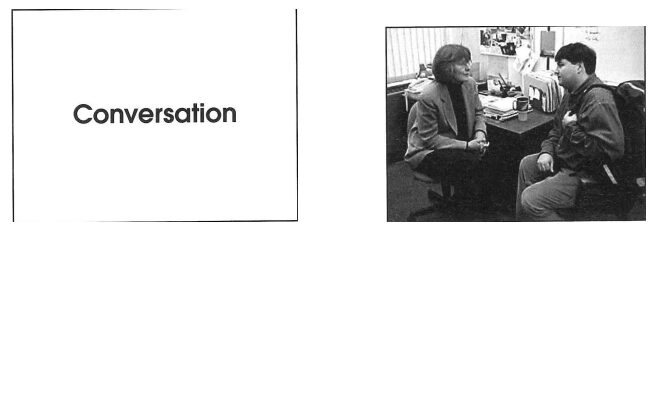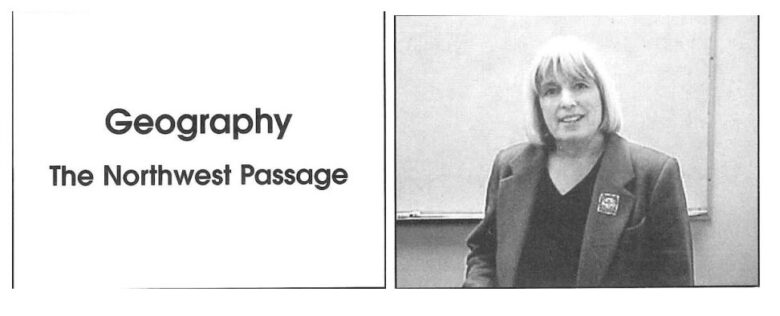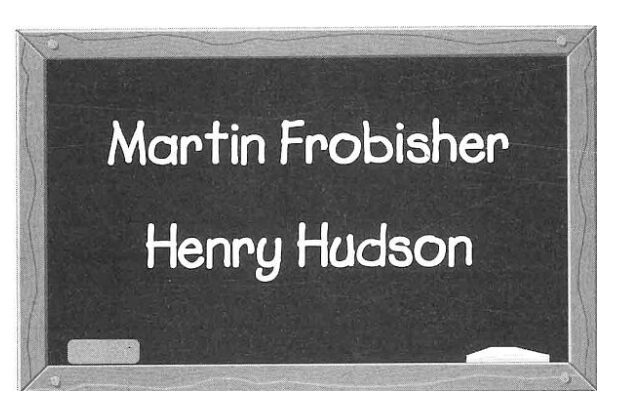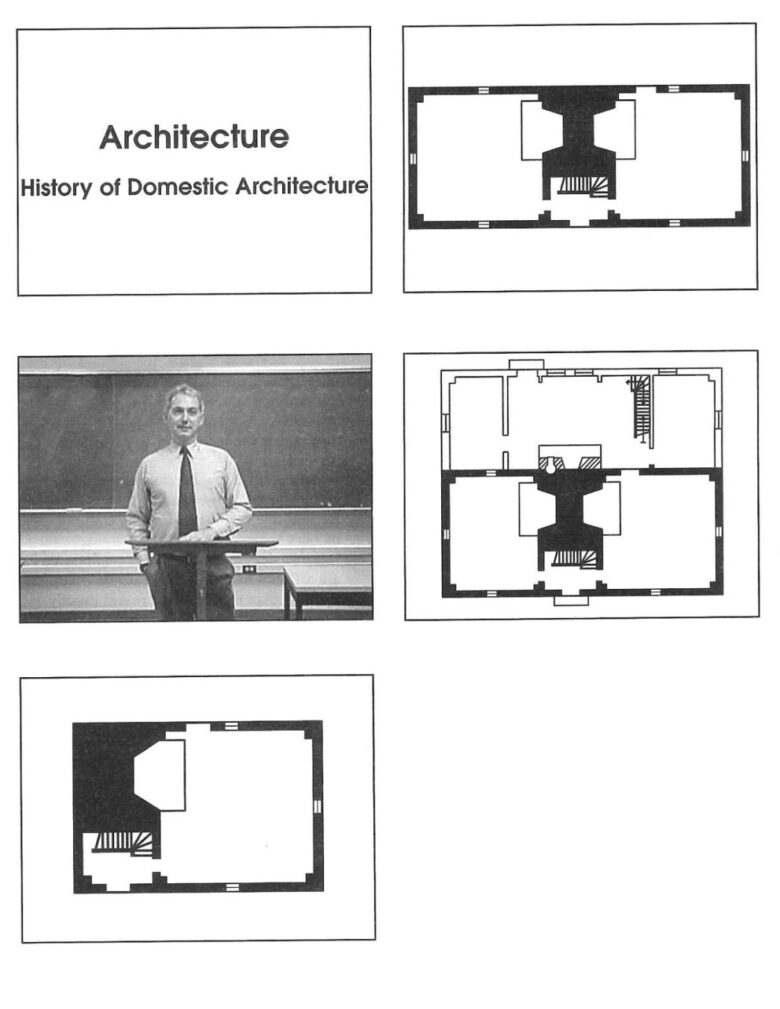QUESTIONS 35-39
https://www.youtube.com/watch?v=pMuI2gbH0wc
35. Why does the student go to see the professor?
(A) He wants to hear the professor’s comments about his term paper.
(B) He would like permission to change the topic of his research
(C) He would like the professor to recommend him for a job.
(D) He needs the professor’s advice about redesigning an organization.
36. According to the student, what is organizational redesign?
(A) Preparing materials that help people learn about an organization
(B) Writing an essay about why you want to work for an organization
(C) Keeping a record of people that join and leave an organization
(D) Changing an organization’s goals, responsibilities and relationships
37. Listen again to part of the conversation. Then answer the question.
What does the professor imply about the student’s paper?
A. It is too short.
B. It contains many errors.
C. It lacks a clear focus.
D. It has very few ideas.
38. What suggestions does the professor make for the student’s paper?
Click on two answers.
A. Explain why organizations need to be redesigned
B. Focus on a few essential steps of organizational redesign
C. Proofread the paper carefully and correct all mistakes
D. Support his points with examples from a real organization
39. Why does the student mention the nursery business where his uncle works?
(T) To tell the professor where he would like to work
(T) To give an example that he might discuss in his paper
(T) To suggest a good place to shop for flowering shrubs
(T) TO impress the professor with his family’s success
QUESTIONS 40-45
40. How does the professor organize the information that she presents?
(A) By comparing different reasons for exploring the Arctic Ocean
(B) By describing the past, present, and future of the Northwest Passage
(C) By explaining the causes of climate change in the Arctic region
(D) By listing popular tourist attractions in the Northwest Passage
41. According to the professor, why did European powers start looking for the Northwest Passage?
(A) They wanted to study the wildlife of the Arctic region.
(B) They were inspired by the idea of a New World.
(C) They hoped to find a plentiful source of oil.
(D) They wanted to establish a western route to Asia.
42. Why does the professor talk about Martin Frobisher and Henry Hudson?
(A) To give examples of early Arctic explorers
(B) To describe different routes for crossing the Arctic
(C) To compare the motivation of two adventurers
(D) To explain why one failed and the other succeeded
43. Listen again to part of the lecture. Then answer the question.
What can be inferred about the Northwest Passage?
(A) It takes a ship several weeks to navigate the passage.
(B) Ice makes the passage dangerous and unpredictable.
(C) The passage is no longer a practical trade route.
(D) Several ships make it through the passage every year.
44. Why does the professor say this: o
(A) To explain why only icebreakers can cross the passage
(B) To show the difference between ice in winter and summer
(C) To illustrate changes in the ice covering the Arctic region
(D) To describe the dimensions of an average iceberg
45. According to the professor, what are the possible consequences of an increase in shipping in the Northwest Passage?
Click on two answers.
A. Harm to wildlife
B. An increase in piracy
C. Noise pollution
D. A major oil spill
QUESTIONS 46-51
46. According to the speaker, why are seventeenth- century houses significant to architectural historians?
(A) They are good examples of houses designed for the working class.
(B) They give architects interesting ideas for new house designs.
(C) They provide important information about domestic construction.
(D) They are easy to find and can be restored without much expense.
47. Where was the main staircase located in a seventeenth century house?
A. in the porch
B.In the hall
C. In the parlor
D. In the bedroom
48. Why does the speaker say this:
(A) To illustrate the different social classes of the time period
(B) To compare the function of the parlor in different house designs
(C) To describe two opposing views held by architectural historians
(D) To explain how the two-room plan evolved from the one-room plan
49. Identify the kitchen in the floor diagram of the added lean-to plan.
50. Based on the information in the talk, indicate whether each sentence below characterizes the one -room plan, the two-room plan or the added lean-to plan.
For each sentence, click in the correct box.
This question is worth 2 points.
| One-room plan | Two-room plan | Added lean-to plan | |
| There were two stories, and each story had two rooms. | |||
| Extra rooms were built onto the back of the house. | |||
| The house had one large space for cooking, dining, and living. | |||
| A staircase led up from the kitchen to attic space for storage or sleeping. |
51. Why does the speaker say this: O
(A) Because only a few seventeenth-century houses have been studied
(B) Because the earliest house plan continues to be built today
(C) Because documents about colonial houses are difficult to read
(D) Because plan type may not reveal exactly when a house was built






